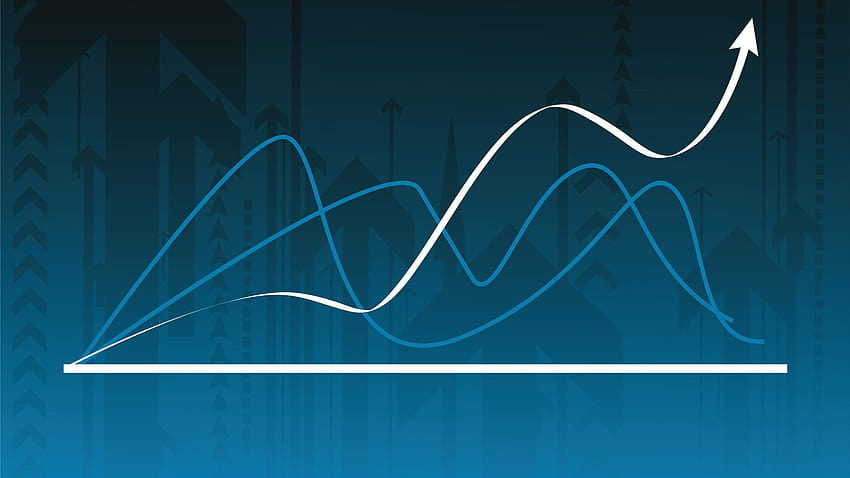
Data analysis plays a vital role in today’s data-driven world, helping organizations make informed decisions and uncover valuable insights. By carefully examining large datasets, data analysts can identify patterns, trends, and correlations that may not be immediately apparent. This process involves sorting through complex information, cleaning and organizing it, and ultimately interpreting the data to extract meaningful conclusions.
Through the lens of data analysis, businesses gain a competitive edge by optimizing their operations, improving customer experiences, and driving strategic growth initiatives. In a rapidly evolving digital landscape, where information is generated at an unparalleled rate, the ability to harness the power of data is a game-changer. By delving into the depths of data analysis, we uncover the stories hidden within the numbers, paving the way for smarter decision-making and innovation.
Statistical Tools
In the realm of data analysis, statistical tools play a pivotal role in deriving meaningful insights from raw data. By utilizing various statistical methods, analysts can uncover patterns, trends, and relationships within datasets. Descriptive statistics such as mean, median, and mode help in summarizing key characteristics of the data, providing a snapshot of its central tendencies.
Another essential statistical tool is inferential statistics, which enables analysts to draw conclusions or make predictions based on sample data. Techniques like hypothesis testing and regression analysis fall under this category, allowing researchers to make inferences about a larger population from a smaller subset of data. Through inferential statistics, data analysts can quantify uncertainty and make informed decisions backed by statistical evidence.
Moreover, data visualization tools like histograms, scatter plots, and box plots are instrumental in representing data visually. These tools help in making complex data more accessible and understandable to a wide audience. By presenting data in graphical formats, analysts can communicate trends and patterns effectively, aiding in decision-making processes based on data-driven insights.
Visualization Techniques
Data visualization plays a crucial role in the field of data analysis. It allows us to transform complex data sets into easy-to-understand visual representations. Through graphs, charts, and infographics, patterns and trends within the data can be quickly identified.
By utilizing tools like bar graphs and pie charts, data analysts can effectively communicate their findings to a wider audience. These visualizations offer a snapshot of the data insights, making it easier for stakeholders to grasp the key takeaways at a glance.
In addition to traditional charts, advanced techniques such as heat maps and scatter plots provide deeper insights into relationships within the data. These visualizations are particularly valuable when exploring correlations and trends that may not be immediately apparent from the raw data.
Impact of Data Analysis
Data analysis plays a pivotal role in driving decision-making processes across various industries. By harnessing the power of data, organizations can uncover valuable insights that lead to informed strategic choices, ultimately improving efficiency and productivity.
Data driven analysis
Through data analysis, businesses can gain a deeper understanding of customer behaviors and preferences, enabling them to tailor products and services to meet specific needs. This targeted approach not only enhances customer satisfaction but also increases brand loyalty and competitiveness in the market.
Moreover, data analysis empowers organizations to identify trends and patterns that might otherwise go unnoticed. By spotting emerging opportunities or potential risks early on, companies can proactively adapt their strategies, positioning themselves for long-term success in an ever-evolving business landscape.


